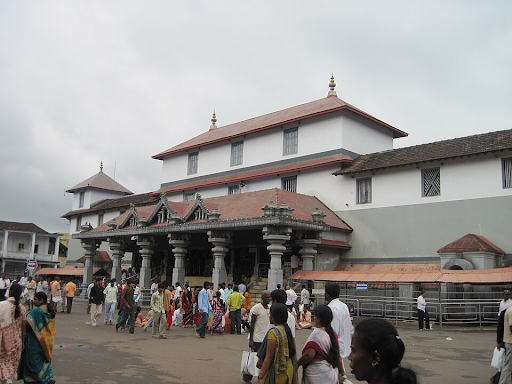Description

Source: Hindu
Disclaimer: Copyright infringement not intended.
Context
Special centres set up for the promotion of Telugu, Kannada, Malayalam and Odia after they were designated classical languages are demanding autonomy in their functioning in order to better carry out their functions.
Details
- The demand for autonomy stems from the challenges they face under the current administrative setup.
- These centres were established after these languages were granted classical status.
- They operate under the Central Institute of Indian Languages (CIIL) in Mysuru.
- The Tamil language promotion centre enjoys autonomy.
- Sanskrit promotion is supported directly through dedicated universities funded by the Union Education Ministry
|
CENTRAL INSTITUTE OF INDIAN LANGUAGES
The Central Institute of Indian Languages (CIIL) is an Indian research and teaching institute based in Mysuru, part of the Language Bureau of the Ministry of Education. It was founded on 17 July 1969. The Central Institute of Indian Languages has seven centres:
- Centre for Classical Languages
- Centre for Tribal, Minor, Endangered Languages and Languages Policy
- Centre for Lexicography, Folklore, Literature and Translation Studies
- Centre for Literacy Studies
- Centre for Testing & Evaluation
- Centre for Materials Production, Publications and Sales
- Centre for Information in Indian Languages
|
Key Issues Faced by the Centres
- Fiscal Constraints:
- For any programme or activity, financial sanctions from the CIIL come later.
- Seeking finances and then accounting for that leads to financial duress and weakens the capability of centres to function with maximum efficiency.
- There is inconsistency in funding, too. From 2017 to 2020, there were approximately ₹ 643.84 crore spent to propagate Sanskrit. In the case of the other five classical languages, however, the total that reached them amounts to ₹ 29 crore collectively.
- Shortage of Manpower:
- There is no assured flow of funds periodically, hence many posts are lying vacant.
- Centre of Excellence for Studies in Classical Odia has just 8 workers while the sanctioned strength is 40.
- Operational Autonomy:
- No financial autonomy and empowerment to the Directors to take quick decisions.
Classical Languages
India recognizes six languages as "Classical Languages" due to their rich literary heritage and independent traditions. These languages are:
- Tamil(2004)
- Sanskrit(2005)
- Kannada(2008)
- Telugu(2008)
- Malayalam(2013)
- Odia(2014)
Criteria for Classical Language Status
A language is granted classical status based on:
- A history of at least 1500-2000 years.
- The language should have a rich literary tradition not borrowed from another tradition.
- The language must have a considerable body of ancient literature.
Sources:
Hindu
|
PRACTICE QUESTION
Q: Which of the following classical languages has the oldest extant literary tradition in India?
(a) Tamil
(b) Sanskrit
(c) Kannada
(d) Telugu
Answer: (b)
Explanation:
Sanskrit has the oldest extant literary tradition in India, with the Rigveda dating back to around 1500 BCE. It is the liturgical language of Hinduism, Buddhism, and Jainism. Tamil also has a very ancient and rich literary tradition, with Sangam literature dating back to at least 300 BCE. However, Sanskrit's literary tradition predates Tamil by several centuries.
|
















